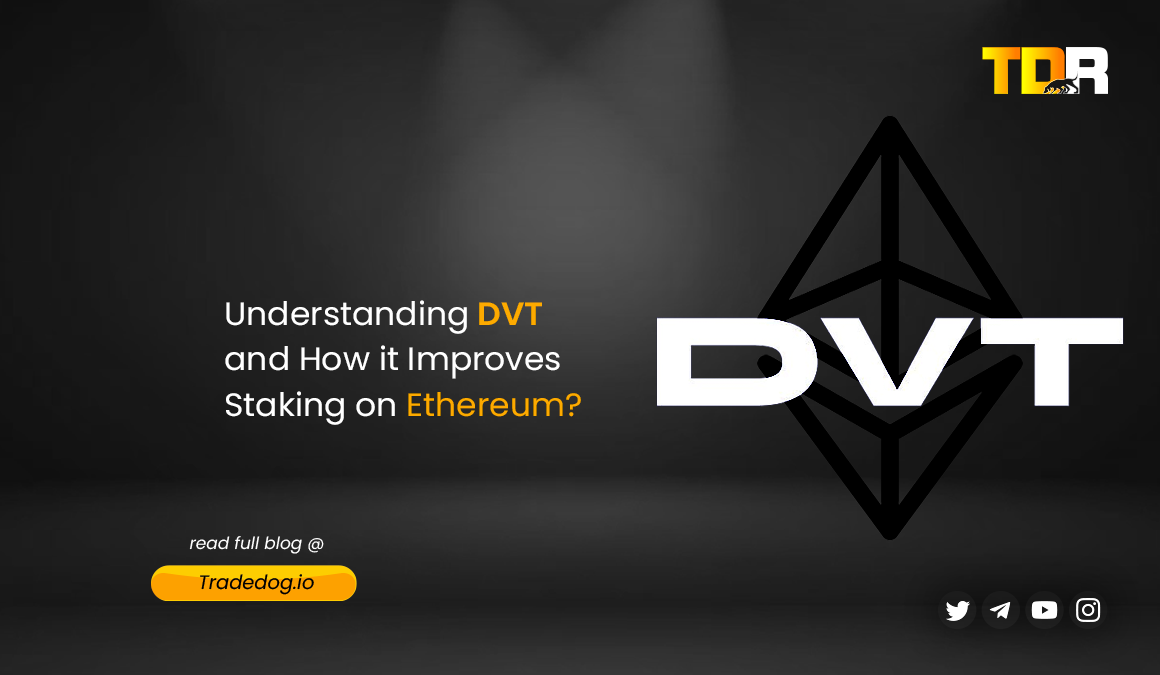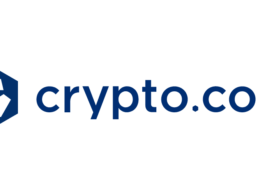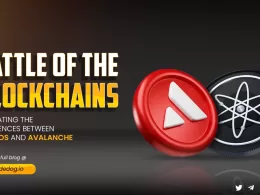Quick Links
The Ethereum Merge ushered in a new era for the network, transitioning from Proof-of-Work (PoW) to Proof-of-Stake (PoS). This shift introduced validators, responsible for verifying transactions and securing the blockchain. However, the current staking model faces challenges, particularly regarding centralization and accessibility. Distributed Validator Technology (DVT) emerges as a groundbreaking solution, aiming to revolutionize staking on Ethereum by enhancing decentralization, security, and participation.
Centralization Concerns in Ethereum’s PoS Model
While PoS offers a more energy-efficient consensus mechanism, it raises concerns about centralization. One of the main hurdles is the high barrier to entry. Running a validator on Ethereum requires staking a minimum of 32 ETH, a significant financial investment that discourages many individual users from participating. As a result, many users turn to custodial staking services or liquid staking platforms like Lido, and Rocket Pool, which pool their funds to meet the minimum stake requirement. However, these services introduce a central authority, potentially jeopardizing the very decentralization that PoS aims to achieve.
Furthermore, solo validators face technical hurdles. Setting up and maintaining a validator node requires expertise and robust infrastructure. Any downtime or hardware issues can lead to “slashing penalties,” where a portion of the validator’s staked ETH is deducted. This discourages individual participation and creates a scenario where a few, well-resourced validators hold significant power.
Another critical issue is managing validator keys which are crucial for signing messages and ensuring validator duties are performed. Losing access to these keys due to hardware failure or theft can result in losing the staked ETH. Additionally, if a malicious actor gains access to the private key, they could manipulate the network for their benefit.
Introducing Distributed Validator Technology
DVT addresses these challenges by enabling a distributed and secure way to run validators. It breaks down validator duties across multiple machines, eliminating single points of failure and promoting a more decentralized staking ecosystem.
How does DVT work?
Distributed Validator Technology (DVT) tackles the challenges of single points of failure and key management in Ethereum’s Proof-of-Stake (PoS) model by distributing validator duties across multiple machines. Here’s a breakdown of the key steps involved in DVT:
Distributed Key Generation (DKG): Imagine a group of individuals coming together to create a single, super secure lock for a treasure chest. No one person should have the complete key (master password) by themselves. DKG operates similarly. Participating nodes collaborate to generate a shared private key for the validator. This key is crucial for signing messages and performing validator duties. DVT employs cryptographic techniques to ensure no single node possesses the entire key. This fosters a trustless environment, meaning participants don’t need to completely trust each other.
Shamir’s Secret Sharing: Now, let’s imagine splitting the master password for the treasure chest into multiple pieces. Each piece alone wouldn’t open the chest, but a certain number of pieces (threshold) combined would grant access. This is where Shamir’s Secret Sharing comes in. It takes the private key generated in DKG and splits it into several shares. Each participating node receives a unique share of the key. The number of shares distributed (total number) and the threshold required to combine them for signing messages (minimum number needed) are predetermined. This ensures fault tolerance. Even if a few shares are lost or compromised, the validator can still function as long as the threshold is met.
Multi-Party Computation (MPC): Now that everyone has a piece of the “key” (validator private key shares), how can they use it to open the chest (perform validator duties) without revealing the entire key to anyone? MPC comes to the rescue. Nodes use their secret shares to perform computations required for validator duties, like signing messages, without actually reconstructing the entire private key on any single device. This is like each person with a key fragment contributing their part to unlock the chest without ever needing to see the complete key themselves.
Consensus with Beacon Nodes: Beacon nodes are responsible for assigning tasks to validators in the Ethereum network. DVT leverages threshold cryptography within the Beacon node consensus mechanism. This ensures fault tolerance even if a few Beacon nodes malfunction. Imagine requiring a certain number of guardians (Beacon nodes) to agree on opening the treasure chest (reaching consensus on a block). Even if a couple of guardians are unavailable, as long as the threshold is met, the chest can still be opened (consensus can be achieved).
Benefits of DVT for Ethereum Staking
Here’s a breakdown of the key benefits DVT brings to the table for Ethereum staking:
Reduced Centralization: DVT empowers individuals with fewer resources to participate in staking pools that leverage distributed validator setups. This fosters a more decentralized network where no single entity holds disproportionate power.
Increased Fault Tolerance: By distributing validator duties across multiple machines, DVT mitigates the risk of downtime and associated slashing penalties. Even if one node goes offline, the validator can continue functioning thanks to the redundancy built into the system.
Improved Security: DVT eliminates single points of failure for validator keys. The distributed nature of the key generation and usage process makes it significantly harder for malicious actors to compromise the validator’s security.
Active-Active Redundancy: Unlike traditional setups with a single active node and a backup, DVT enables Active-Active redundancy. This ensures continuous operation even if one node encounters issues, as other participating nodes can pick up the slack.
Lower Barrier to Entry: DVT makes staking more accessible for individuals with fewer resources. By allowing participation in staking pools with distributed validator setups, DVT opens doors for a wider range of users to contribute to the Ethereum network’s security.
Drawbacks of Distributed Validator Technology (DVT)
While DVT offers significant advantages for Ethereum staking, it’s important to consider the potential drawbacks associated with introducing this technology:
Increased Complexity: DVT adds a layer of complexity compared to solo validators. It requires coordination among multiple nodes within a validator cluster, introducing more moving parts and potential points of failure. Managing and troubleshooting a distributed system can be more challenging than a single-node setup.
Latency: The consensus mechanism and message sharing within the DVT cluster introduce additional network hops. This can lead to slight increases in latency compared to solo validators. However, DVT mitigates this to some extent by utilizing direct peer-to-peer (P2P) connections within the cluster, bypassing a central gossip network.
Operational Costs: Running a DVT setup requires multiple nodes compared to a single node for solo validators. This translates to higher operational costs in terms of hardware and maintenance. While the improved resiliency of DVT validators allows potentially running more validators on the same hardware, it doesn’t eliminate the additional cost burden.
The Road Ahead
The Ethereum community is actively shaping the future of DVT. A key focus is making DVT user-friendly for a wider audience. This means developing intuitive interfaces and tools for managing validator clusters, allowing even those with less technical expertise to participate. Security remains paramount, so continuous security audits and improvements are essential to ensure DVT’s robustness and minimize vulnerabilities. A smooth transition for existing users and service providers is also a priority. This will be achieved by enabling seamless integration of DVT with the current staking infrastructure.
Finally, ongoing research and development efforts are exploring ways to further enhance DVT’s performance, scalability, and resource efficiency. By working together on these areas, the Ethereum community can ensure DVT reaches its full potential.









